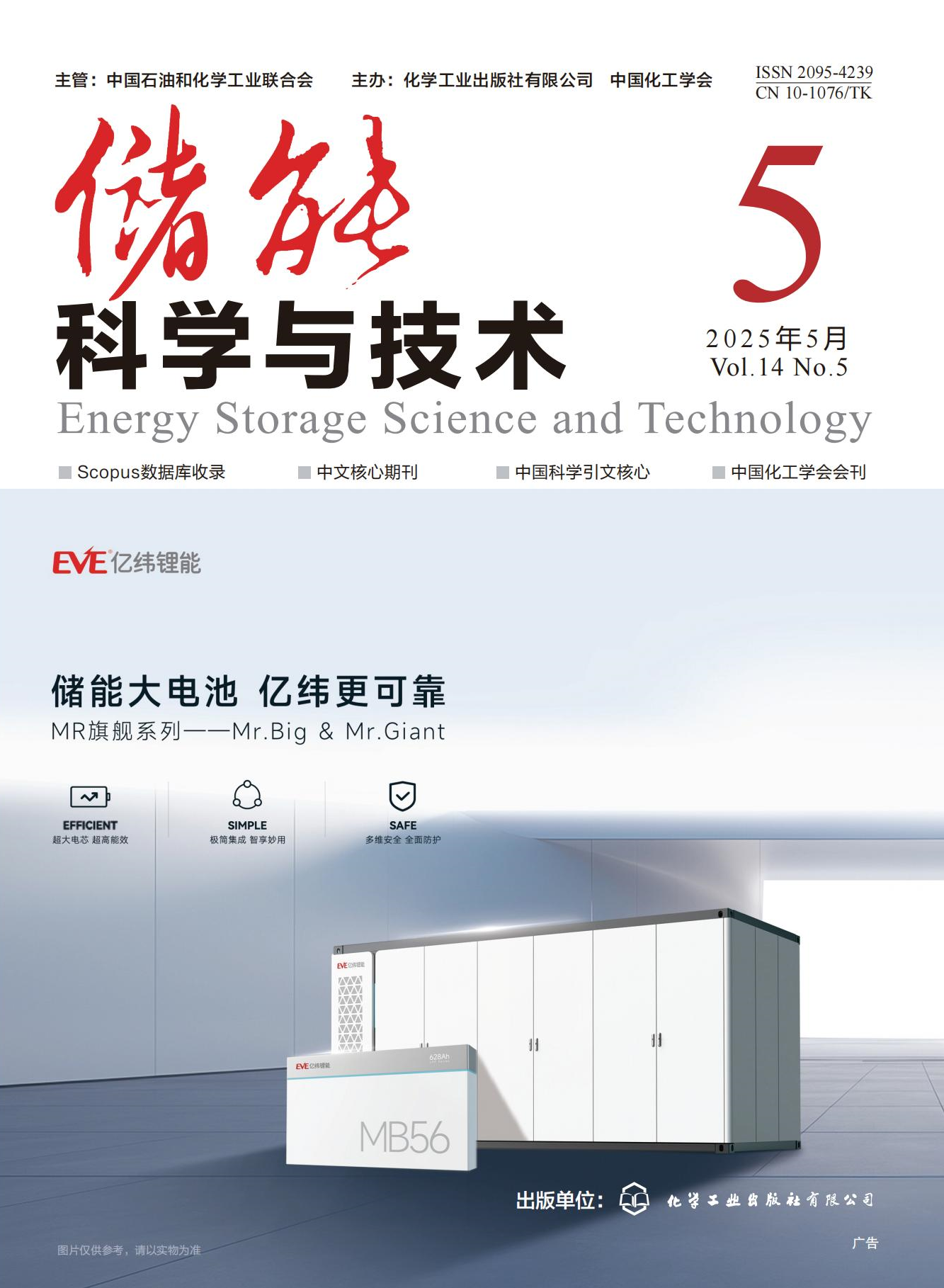Compared with commercial lithium-ion batteries, sodium-ion batteries (SIBs) offer advantages such as low cost, abundant resources, good rate performance, excellent low-temperature performance, and high safety, garnering significant interest from the research community. Unlike hard carbon materials, soft carbon materials have a higher carbon content, lower cost, and greater commercial potential. However, these materials tend to graphitize during high-temperature carbonization, reducing the layer spacing, which adversely affects sodium-ion storage. This study reviews the recent advancements in the application of soft carbon materials to the negative electrodes of sodium ions. First, it summarizes the basic structure and sodium storage mechanisms of soft carbon materials. Building on this foundation, this study outlines an optimization strategy for the structural modification of soft carbon materials, focusing on four areas: porous structure modulation, heteroatom doping, composite control, and cross-linked structure construction. In porous structure modulation, techniques such as template carbonization, precursor structure formation, and physical/chemical activation methods are introduced. In heteroatom doping, the paper explores the modification effects and methods involved in nitrogen, phosphorus, sulfur atoms, and polyatomic doping. Composite control is achieved through techniques such as direct carbonization, thermal decomposition, and NH3 treatment methods. The construction of cross-linked structures is examined through oxidation treatment and the introduction of chemical cross-linking agents, summarizing the latest research on soft carbon material modifications. The study concludes by analyzing the advantages and disadvantages of each structural optimization strategy and speculating on future directions for the development of more efficient soft carbon negative electrode materials.

